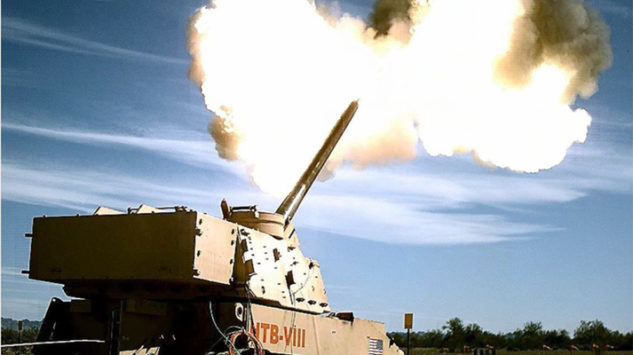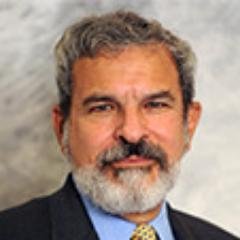Issue Briefs

Army Futures Command’s Report Card After Its First Year
August 12, 2019
By Dan Gouré,
Army Futures Command (AFC) was stood up on July 1, 2018. It achieved full operational capability on July 31, 2019. In that time, AFC has made some remarkable strides, particularly considering the U.S. Army’s inherent conservatism. Even before the location of the new command’s headquarters was established or a commanding officer selected, the Army organized eight Cross-Functional Teams (CFTs) to advance the Service’s critical modernization priorities. The CFTs are beginning to produce results. Now, while continuing its modernization efforts, AFC, and notably its Futures and Concepts Center (FCC), need to focus on the necessary doctrinal and force structure changes the Army will need in an era of great power competition.
Army Futures Command has achieved a successful startup; it grew from 12 people to more than 24,000 in 25 states and 15 countries. The transition of elements from TRADOC, RDECOM, and AMC to the new command has been relatively smooth. There is said to be a good working relationship between AFC headquarters, the CFTs and the Army’s acquisition bureaucracy as represented by the Assistant Secretary of the Army (Acquisition, Logistics and Technology). One of AFC’s major accomplishments is the ties established between the Army and academia: the University of Texas and Texas A&M for foundational support, Vanderbilt University, and the 101st Division to support rapid experimentation, and Carnegie-Mellon for artificial intelligence. The Army Applications Laboratory has set up shop inside Capital Factory, an Austin hub for startups, to help new private-sector R&D firms navigate the Army’s acquisition process.
The views and opinions expressed in this issue brief are those of the author.
 |
Dan Gouré, Ph.D., is a vice president at the public-policy research think tank Lexington Institute. Goure has a background in the public sector and U.S. federal government, most recently serving as a member of the 2001 Department of Defense Transition Team. |